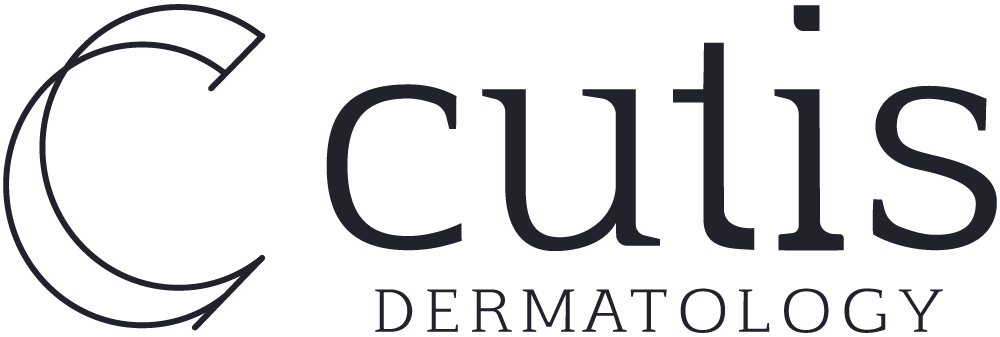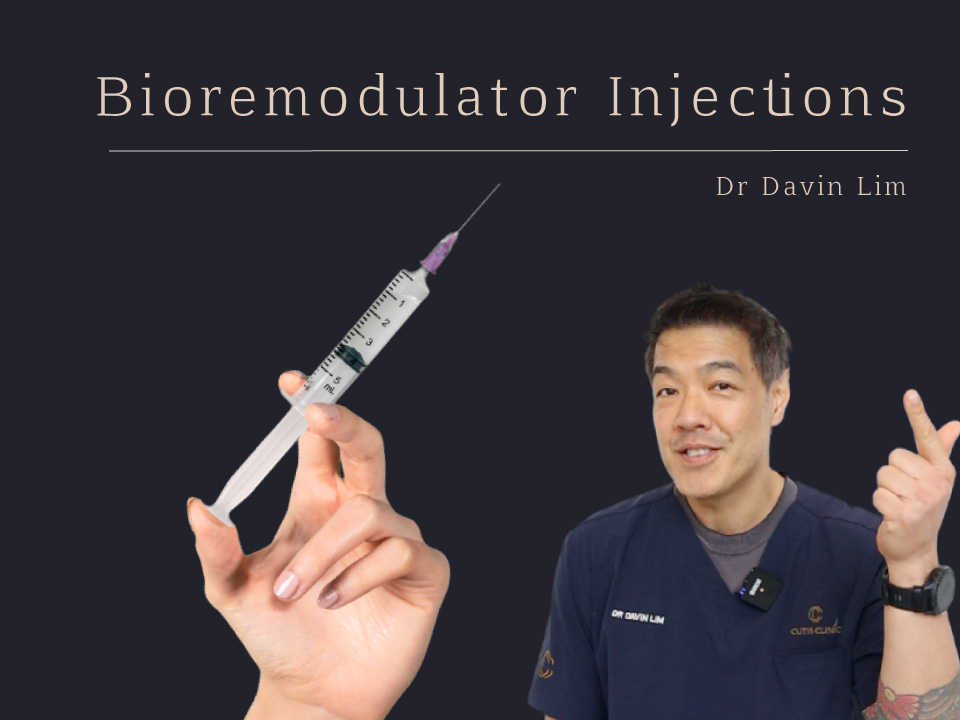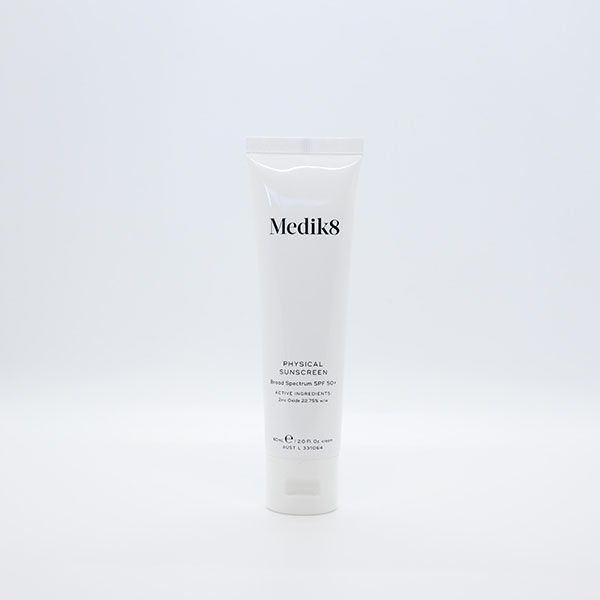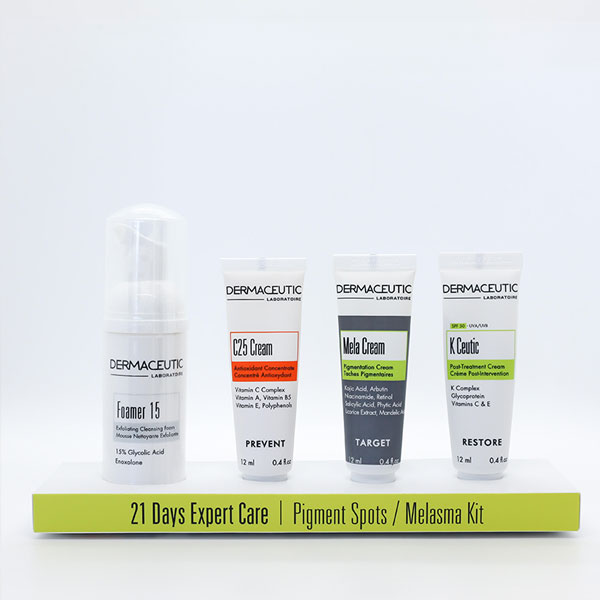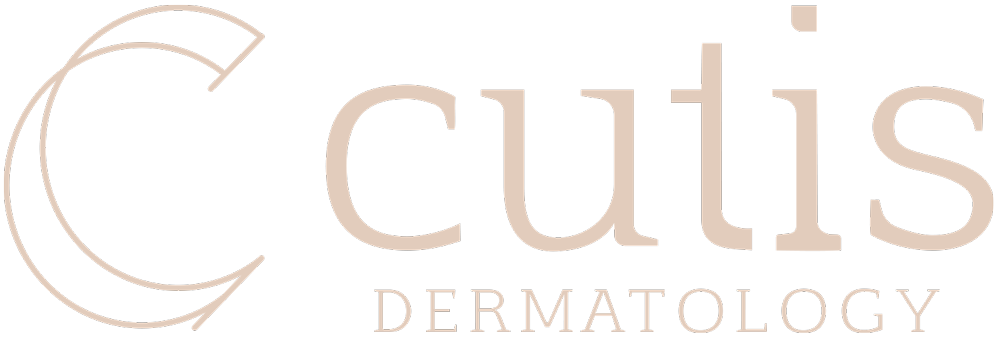The Asian face has unique anatomical features that require a different approach to facial rejuvenation and enhancement compared to Western counterparts. treatments can correct volume deficiencies on cheeks, chin, nose, and temples. Muscle relaxants can reduce facial width, giving a more V-shaped face. With injectables and threads, I can reshape most faces for a more harmonious profile.
Key Points
- There are unique cultural & anatomical differences in the Asian face
- Injectables including treatments & muscle relaxants should be employed accordingly
- Facial slimming & treatment rhinoplasty are commonly performed procedures
- Medial cheeks treatments can provide support for the undereye area
- Tear troughs can be corrected with treatments or fat transplant
- Lasers can decrease dark circles
Asian Aesthetics at a glance
Our results speak for themselves
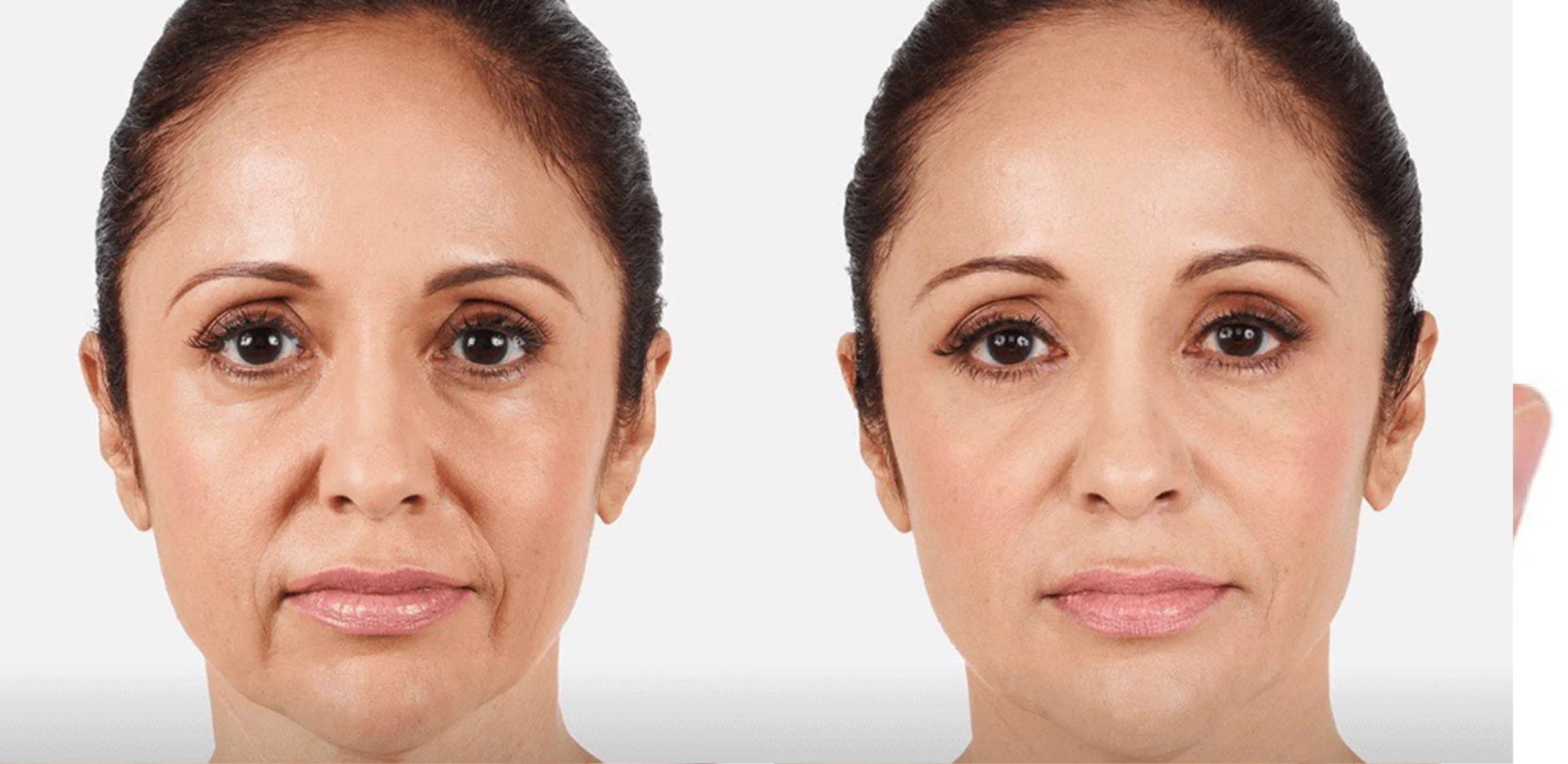
Before
After
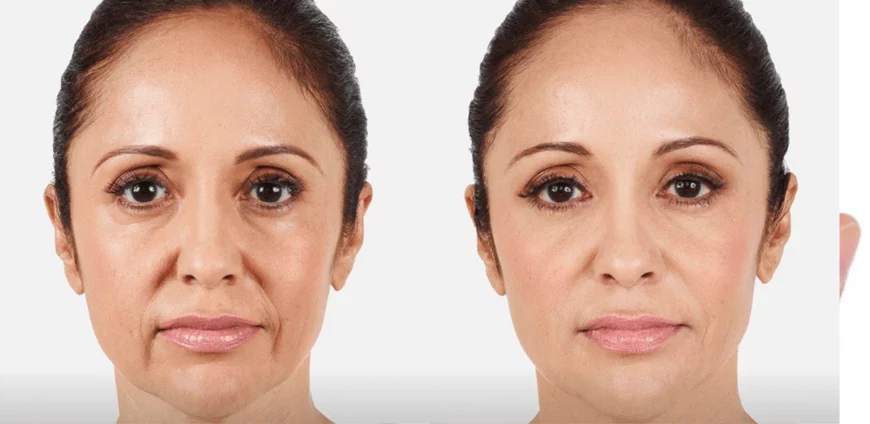
Dermal treatments improve cheek volume & balances the mid face.
Ask us more about this treatmant
Preferred Consultation
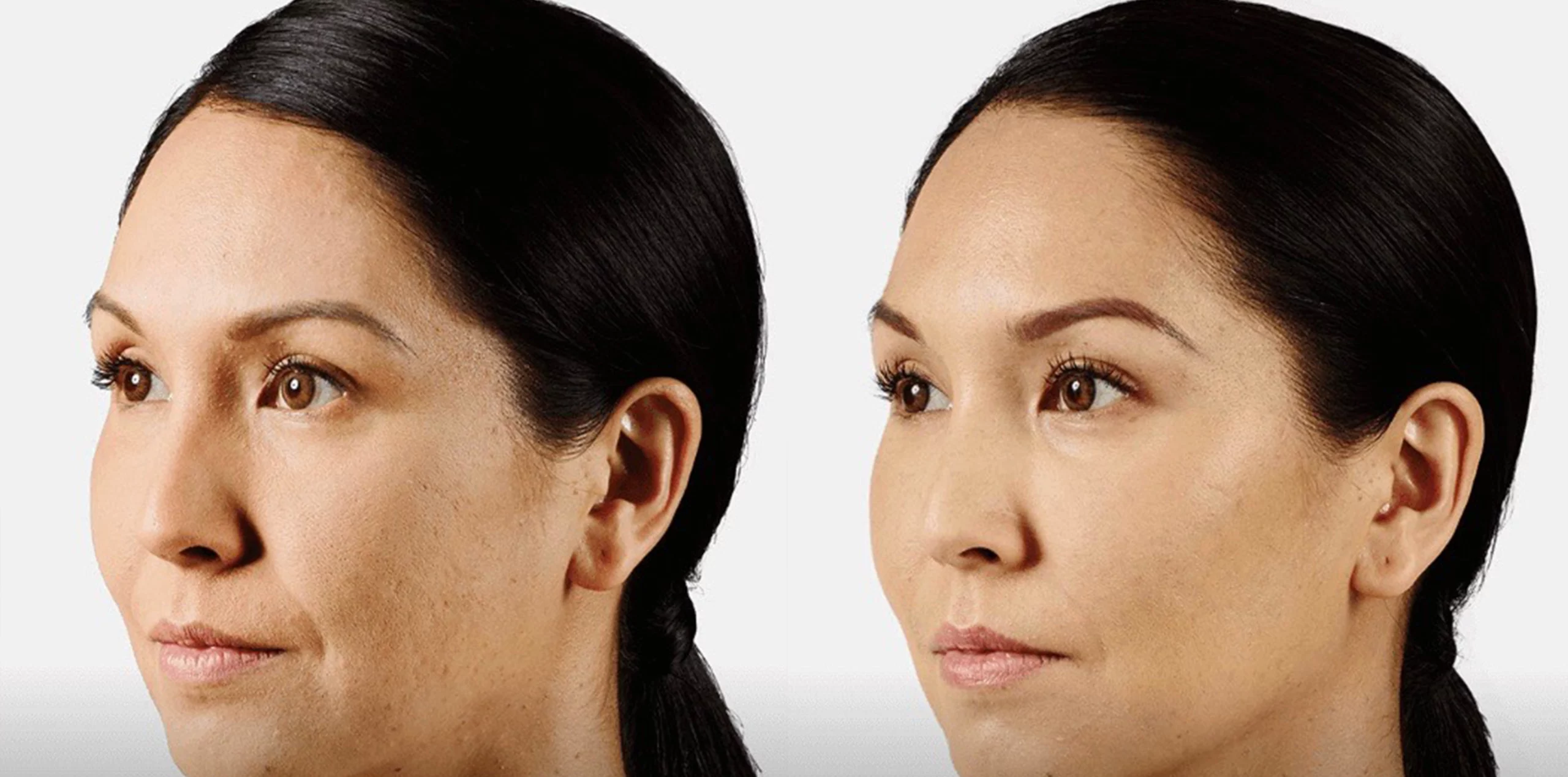
Before
After
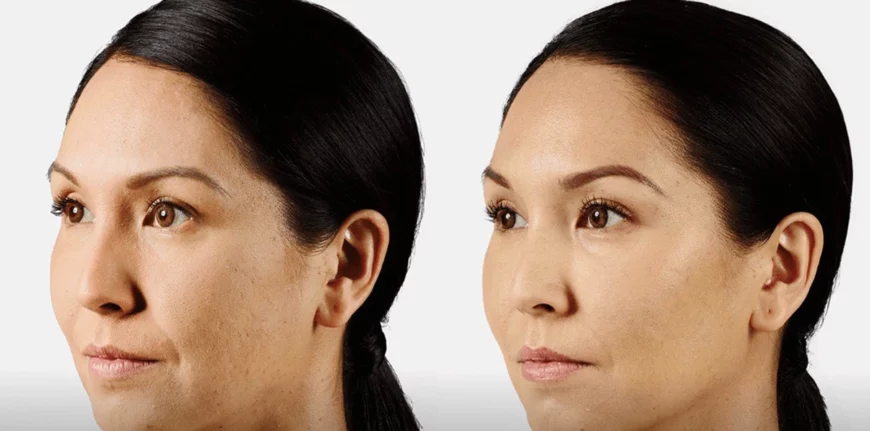
Dermal treatments improve cheek volume & balances the mid face, reducing shadows & troughs.
Ask us more about this treatmant
Preferred Consultation
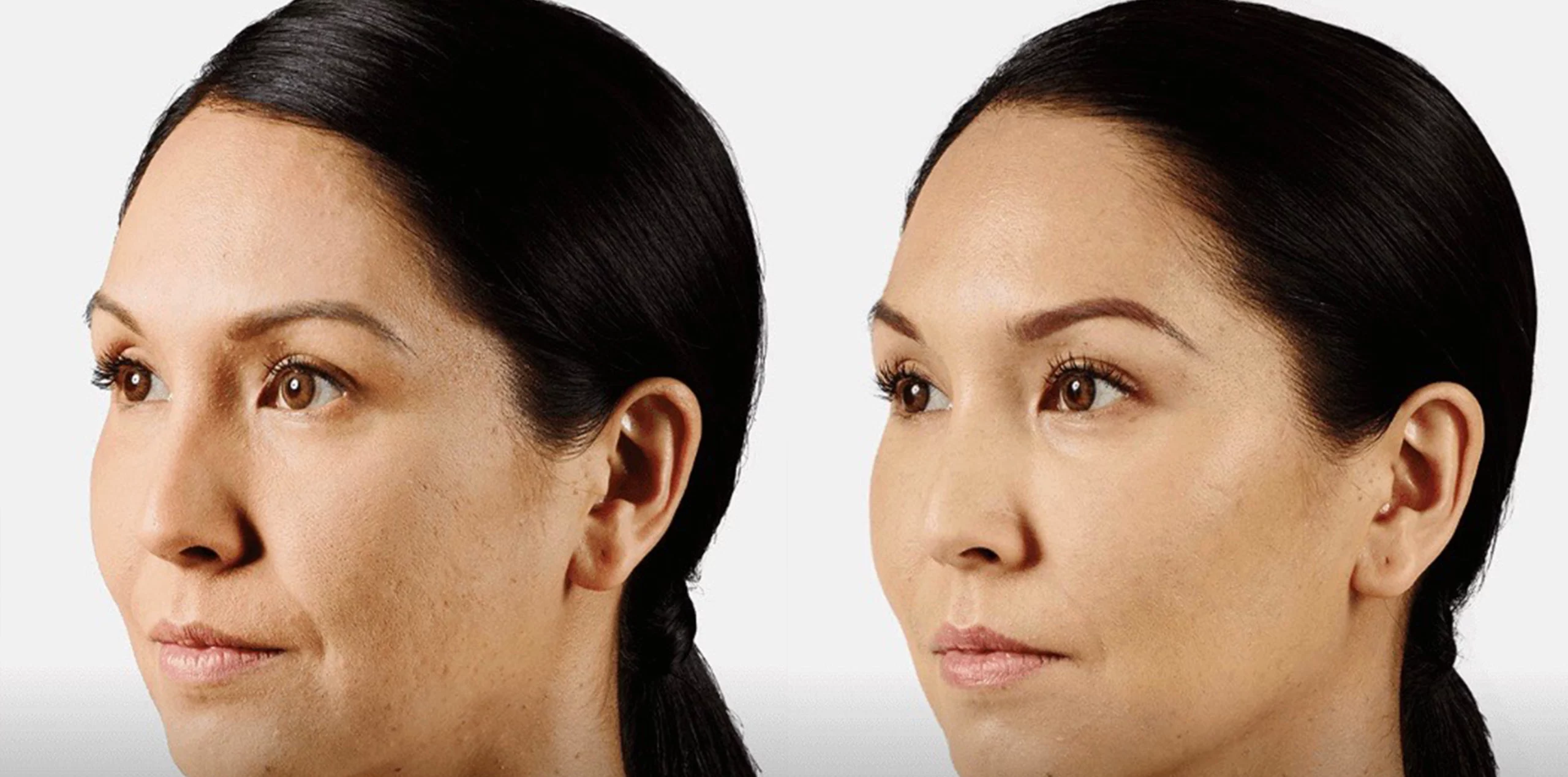
Before
After
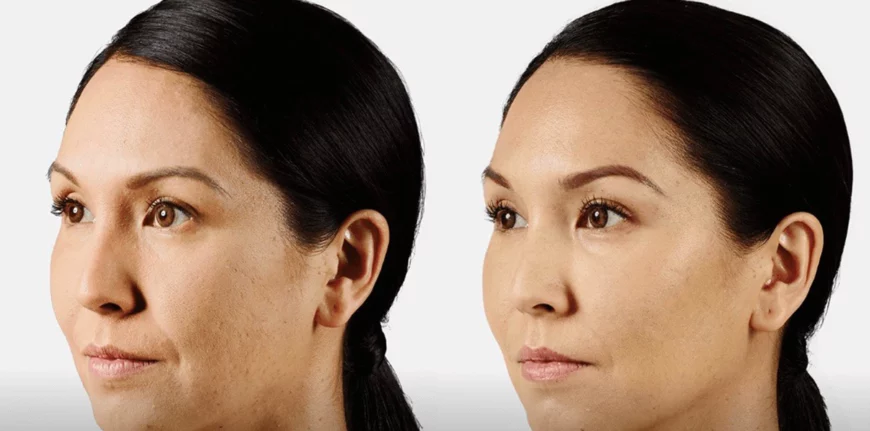
Dermal treatments improve cheek volume & balances the mid face, reducing shadows & troughs.
Ask us more about this treatmant
Preferred Consultation
FAQs
How do we approach Asian Aesthetics?
Aesthetic treatments should be bespoke, addressing not only individual & age-associated changes but also ethnicities. Rejuvenation & enhancement should keep these factors in mind, whilst at the same time respecting cultural anatomical differences.
Read more to find out how I approach injectables & skin treatments across the ages.
What procedures are common for Asian patients in their 20s to 30s?
Younger patients will benefit from procedures that address race associated anatomical deficiencies, whilst at the same time preventing UV associated collagen loss & unwanted pigmentation.
The most frequent area I treat in this age group is the medial cheek & tear trough areas. treatments can provide support to the lid cheek junction, in turn decreasing shadows that give rise to dark circles.
What procedures are common for Asian patients in their 40s to 50s?
A typical program is to correct, then maintain. This applies to volume, wrinkles, skin quality & skin tone.
Volume replacement is important in this decade as we go through age related changes including reducing of fat, collagen & bone. Conservative use of treatments will not only enhance but maintain.
Skin tone can be improved with non-surgical devices including HIFU (High Intensity Focus Ultrasound) & RF (Radiofrequency). Threads can also provide lifting, especially in combination with heating devices.
Skin quality & luminosity can be improved & maintained with lasers such as Fraxel, LaseMD, Clear & Brilliant, Picoway/Picosure & dermal toning.
What procedures are common for Asian patients beyond 50?
Above all, skin tightening. In general, Asian patients hold their collagen quality for longer, however post-menopausal there is a marked decline of collagen production & contraction, leading to jowls, eye bags & wrinkles.
Skin tightening can be achieved with Thermage, Ulthera – Ultherapy, & Pelleve – Tempsure. I prefer Tempsure as I can heat the dermis for longer, with added safety. This procedure can treat skin laxity on the eyelids, jowls, jawline & neck area. If jowls are heavy, my choice is Ultherapy.
treatments along the jawline, & cheek can displace & volumize, diminishing jowls. Skin quality & pigmentation can be improved with lasers, peels & clinical creams.
The Asian face has unique anatomical features specific to age & culture. This requires a different approach to facial rejuvenation & enhancement compared to Western counterparts.
Why are treatments unique in Asian enhancement?
Eastern aesthetics in general are different from the traditional dermal filling in Westerners. Some examples of commonly performed dermal filling procedures include-
- Tear trough treatments for dark circles and medial lid-cheek enhancement
- Liquid rhinoplasty to define the nose
- Chin & jawline shaping (most often in combination with facial slimming)
- Fat transfer is another alternative to treatments
How does facial slimming work?
Asian aesthetics are unique, namely the aim in most cases is to elongate & slim. Asian women are typically broad faced, with strong jawlines & sharp angles. The aim is to soften facial outlines to more of an oval shape, rather than ‘boxy’.
The most commonly performed method to slim the face is to anti-wrinkle the masseter muscle just in front & below the ear. This slims the face, whilst treatments to the chin can elongate, giving a nice subtle taper. Chin projection can also be achieved with treatments.
What non-surgical procedures can shape the Asian nose?
treatments can reshape the nose, creating a better front & side profile. The most common area to enhance is the nasal bridge. treatments in this area can give a perception of projection & definition, reducing the ‘flat’ look commonly seen in Asian patients.
treatments in this area typically last around 12-14 months. For nasal contouring I always use hyaluronic acid treatments for two reasons- safety & reversibility.
What can be done to reduce dark under eye circles?
It is important to address the underlying causes of dark circles. In Asian ethnicities one of the major contributing factors is tear trough related, coupled with maxillary hypoplasia or lack of anterior projection). By building up & supporting the mid-cheek area, shadows contributing to dark circles can be diminished.
treatments are the preferred treatment of choice for creating volume, structure & improving aesthetic deficiencies. I occasionally use fat transfer in this area (pros & cons discussed elsewhere).
Other causes of dark circles include vascular, or prominent capillaries & veins. Simple vascular laser or IPL-BBL can help. For increased pigmentation due to melanin or post inflammatory skin colour changes, pico or nano lasers can help.
Cases such as pigmentation demarcation lines & constitutional physiological pigmentation are difficult to treat as these are genetically & racially determined. The use of precise skin care & sun protection can marginally improve these conditions (at best).
Skin care is super important. Hyaluronic acid creams can hydrate, retinol & peptides can increase collagen, whilst ascorbic acid, tocopherol, ferulic acid & green tea can protect from UV & environmental oxidation. Caffeine & tranexamic acid can modify blood vessels that contribute to dark circles.
